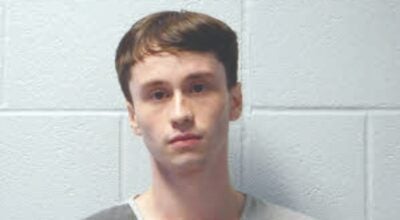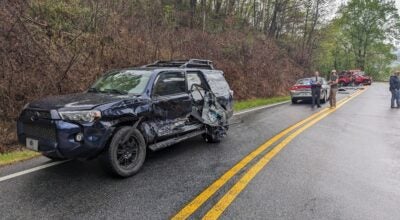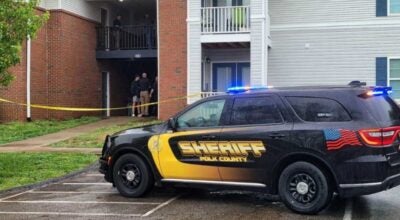God and education
Published 4:39 pm Monday, September 22, 2008
Good Shepherd&bsp; was started as a mission school.
For church purposes, it was primarily a chapel, current pastor Walter Bryan said. Services were held on Sunday morning.
Known initially as the Tryon Industrial Colored School, the building was opened in 1908. The original building, however, sat a few yards away from the current building where oak trees stand today. It was built by Edmond Embury.
The first teacher and principal for the school was Scotland Harris. Harris taught the kids mathematics and construction, his granddaughter and church member Beryl Dade said, and his wife, Mary, taught languages and home economics. Harris remained principal of the school until 1918.
In 1922, Rev. Samuel Radway and his family came to the Episcopal mission school. Radway and his wife ushered in the second phase of education.
In 1940, the Tryon Colored School, which was the public school at the time for black children, burned down.
&dquo;(The Good Shepherd school) was the only building in the area big enough to house the students,&dquo; Dade said.
So from 1940-1943, Good Shepherd was the home of public schooling for African American children.
The big change for the church, however, came in 1955. It was determined that the original building needed to be replaced. The bishop and others in the church searched for a new building.
What they found was an unused building on the Green River Plantation owned by Col. Franklin Coxe. The chapel had been used by slaves on his plantation. It was known as St. Andrew&squo;s Chapel.
The congregation tried unsuccessfully many times to find out who owned the chapel. Finally, they went over to the plantation one final time and Coxe was on site and they were able to obtain the chapel. The building was cut into four pieces, placed on trucks and then moved to Markham Road.
Although there has been lots of construction around the building that made the winding trip down Markham in 1955, much of the building is still the same. The pews and side windows in the church remain. The only things in the sanctuary that weren&squo;t part of the original St. Andrews chapel are the altar rails, the altar and a wooden cross.
The original Good Shepherd building was torn down.
In the 1960s, the church and school began to undergo some changes. The Community Kindergarten program was created, and Sarah Shields incorporated the Reading Is Fundamental program, which is now in most public schools.
Also in the 1960s, the congregation in the church began to change, becoming integrated. In the early 60s, the congregation was 100 percent African American, Bryan said, while today it&squo;s 20 percent African-American and 80 percent Caucasian.
While it is now integrated, the church&39;s original African-American population is one of the reasons it survived, Bryan said. In a town with the population size of Tryon, two Episcopal churches don&squo;t generally exist, he said.
&dquo;The reason why this one survived is because of segregation,&dquo; he said.
Bryan left Tryon in 1965 and returned to pastor the church in 2003.
The final education phase for the church was the Homework Center that began in 1994-1995. Dade, who had just retired as a public school teacher, developed the program. In the afternoons, a Polk County bus stops in front of Good Shepherd and children file out, heading into the church to do homework and study.
Education was the main purpose of the church&39;s original creation, and that&squo;s what makes its history so important, Dade said.
&dquo;It&squo;s very important,&dquo; she said. &dquo;At the time, it was the education beginnings for the blacks in Tryon.&dquo;
Just as the church and its educational history can&squo;t be separated, neither can Dade&squo;s personal history and the church and school.
&dquo;Really, I&squo;ve been here every year of my life,&dquo; she said.
Her grandfather was Scotland Harris, her godfather was Samuel Radway and her mother, Helen Harris Hannon, taught at the school.
Pastor Bryan said he doesn&39;t take the church&squo;s history lightly.
&dquo;It&squo;s certainly humbling,&dquo; he said. &dquo;You want to make certain the church survives under your watch and I think we&squo;re on the right track.&dquo;
The church currently has 80 members.
&bsp;





